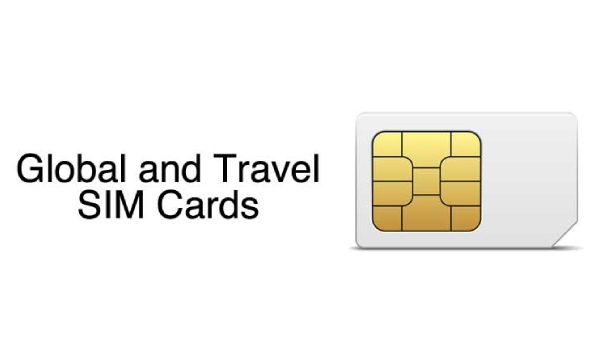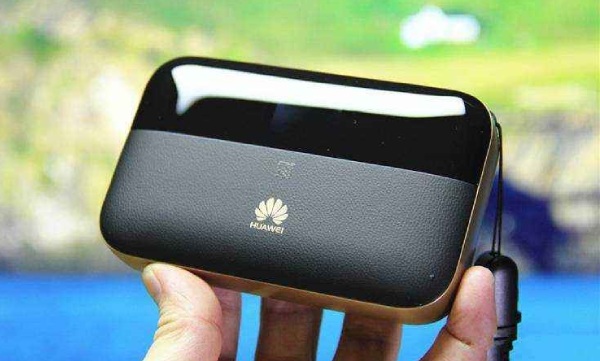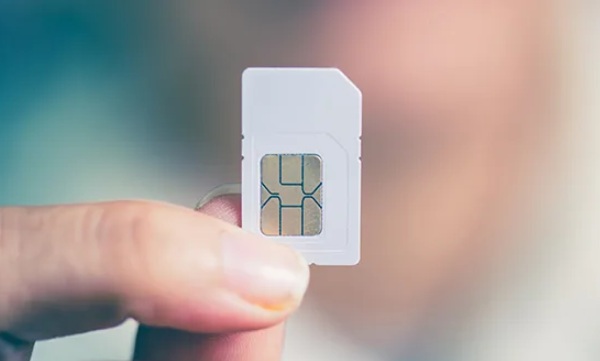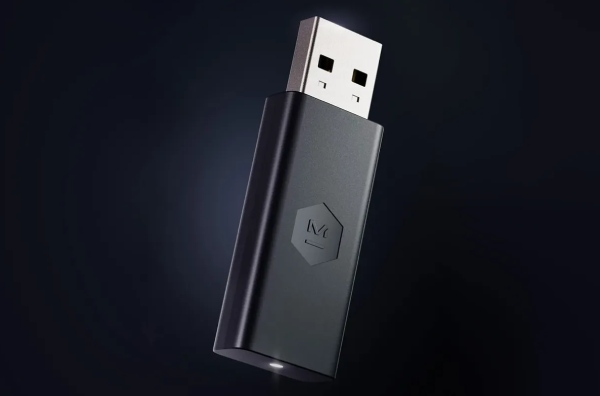If you are travelling internationally, you can still use your provider’s data plan. However, roaming charges are usually quite high, so it’s best to plan your trip with an alternative that won’t result in a huge phone bill when you get home.
To give you an idea of all the options, this guide shows you the best way to use the internet when travelling abroad.
But before we get started, we’ll tell you that we almost always use the Holafly eSIM card, which is ideal if you only need internet on your phone. We’ve even written a full guide to Holafly so you can find out more about the service.
How to Get Internet While Travelling
There are several ways to access the internet when travelling, so in this article we’ll explain the different methods and the pros and cons of each. After reading through the options, you’ll be able to make the best decision for your trip!
The Best Ways to Access the Internet While Travelling
1. SimsDirect Card

The SimsDirect SIM card is my favourite choice for travel internet access. You can buy it even if you’re already abroad, as the SIM card arrives by email. It’s by far the most convenient option, and can even be cheaper than some local SIM cards.
SimsDirect is the eSIM card you use when you’re on the move and need a secure internet connection while travelling, and we have a SimsDirect coupon code for you if you choose this option.
2. International SIM Card

Another travel internet option is to use an international SIM card. Instead of buying a local SIM card at your destination, you can buy an international SIM card before you travel, which can be delivered to your home or even the airport, depending on where you are travelling.
We prefer SimOptions, which has partnerships with a number of well-known mobile operators such as AT&T and Three UK. They offer prepaid standard, micro and nano SIM cards, so any mobile device should be compatible.
3. Unlocked Portable Router

An unlocked portable router is another simple and useful way to access the internet when travelling. Its primary advantage is that it allows you to connect multiple devices, including laptops, at the same time. This makes it an ideal choice for travelling with family or friends, as well as for work trips.
These portable routers are lightweight, so you can store them in a backpack or bag, and some are small enough to fit in a pocket. Of course, if you opt for one of these routers, remember that you’ll need to recharge it every time you stay at your accommodation, as the battery will run down after a day. It’s best to start the day with a full charge.
4. Local SIM Card

A local SIM card is an affordable way to access the internet while travelling. This means that you can spend a lot of time looking for a suitable SIM card when you arrive at your destination, so people don’t consider this option when travelling unless they’re travelling for more than a month.
In most countries, you can find local SIM cards at various entry points, such as airports, train stations and bus stations. We recommend asking at the various kiosks to find the SIM card with the most data for the price.
5. Personal USB Dongle

A USB dongle also provides internet access when travelling, although we recommend this option specifically for those who will need to connect to a laptop more often than a mobile device.
It’s one of the best USB dongles we recommend and creates a shared Wi-Fi network that doubles as a portable router. This means it needs to be connected to a battery to work, either the laptop battery or a USB plug. So it’s not the ideal internet travel solution, especially if you want internet access while sightseeing in a city.
Conclusion
Obviously, your travel internet options will depend on the type of trip and your internet access needs, so we hope this guide will help you choose the best solution! If you have any questions, please leave a comment below and we’ll try to help in any way we can.



No Comments
Leave Comment